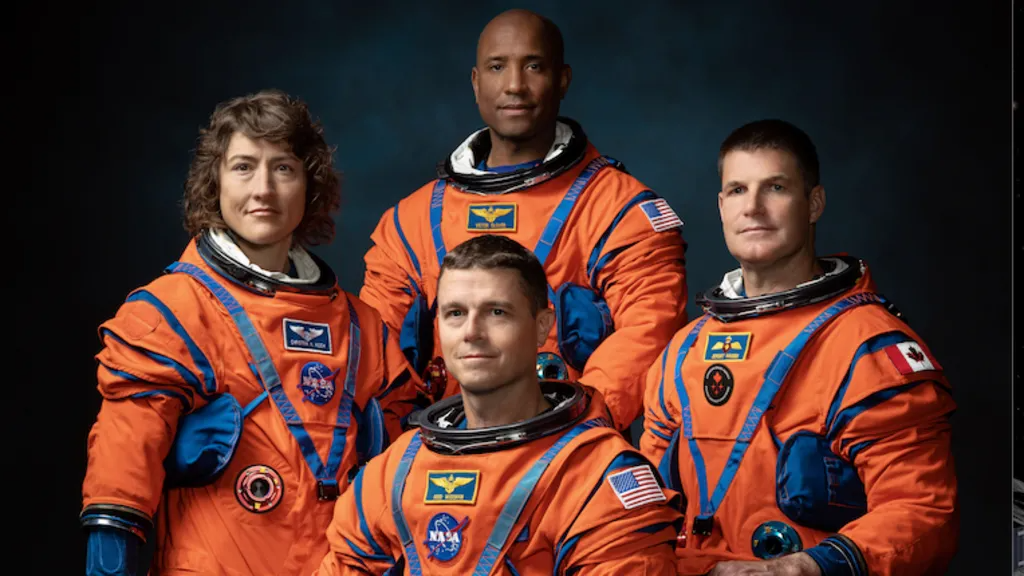BBC: Nasa has said it hopes to send astronauts on a ten-day trip around the Moon as soon as February.
The US space agency had previously committed to launching no later than the end of April but said it aims to bring the mission forward.
It’s been 50 years since any country has flown a crewed lunar mission. Nasa will send four astronauts there and back to test systems.
The Artemis II mission is the second launch of the Artemis programme, whose aim is to land astronauts and eventually establish a long-term presence on the lunar surface.
Lakiesha Hawkins, Nasa’s acting deputy associate administrator said it would be an important moment in the human exploration of space.
“We together have a front row seat to history,” she told a news conference this afternoon.
“The launch window could open as early as the fifth of February, but we want to emphasize that safety is our top priority.”
Artemis Launch Director, Charlie Blackwell-Thompson explained that the powerful rocket system built to take the astronauts to the Moon, the Space Launch System (SLS) was “pretty much stacked and ready to go”.
All that remained was to complete the crew capsule, called Orion, connected to SLS and to complete ground tests.
The first Artemis mission lasted 25 days and saw the launch of an uncrewed spacecraft in November 2022. It saw a spacecraft travel around the Moon and re-enter the Earth’s atmosphere.
The mission was overwhelmingly successful, though there were issues with the heatshield as the spacecraft re-entered the Earth’s atmosphere. These have since been addressed.
The Artemis II launch will see four astronauts go on a ten-day round trip to the Moon and back to the Earth. The astronauts, Reid Wiseman, Victor Glover, and Christina Koch, of Nasa and Jeremy Hansen of the Canadian Space Agency, will not land on the Moon, though they will be the first crew to travel beyond low Earth orbit since Apollo 17 in 1972.
The lead Artemis II flight director, Jeff Radigan explained that the crew would be flying further into space than anyone had been before.
“They’re going at least 5,000 nautical miles (9,200Km) past the Moon, which is much higher than previous missions have gone,” he told reporters.
The aim of the mission is to test the rocket and spacecraft’s systems to lay the ground for a lunar landing.







